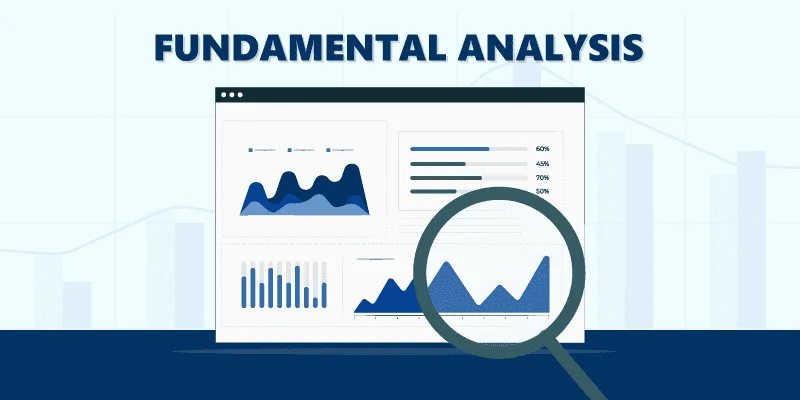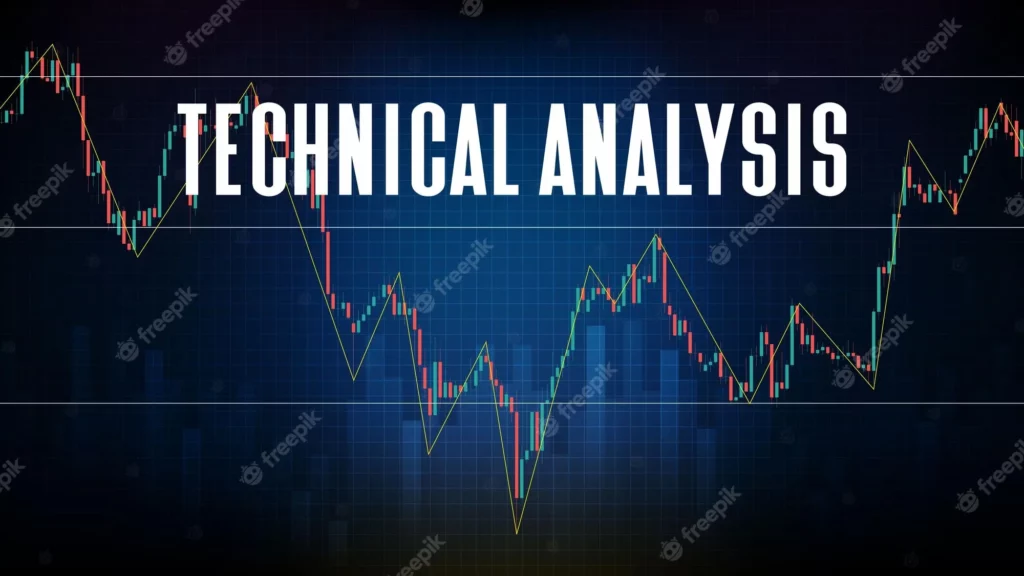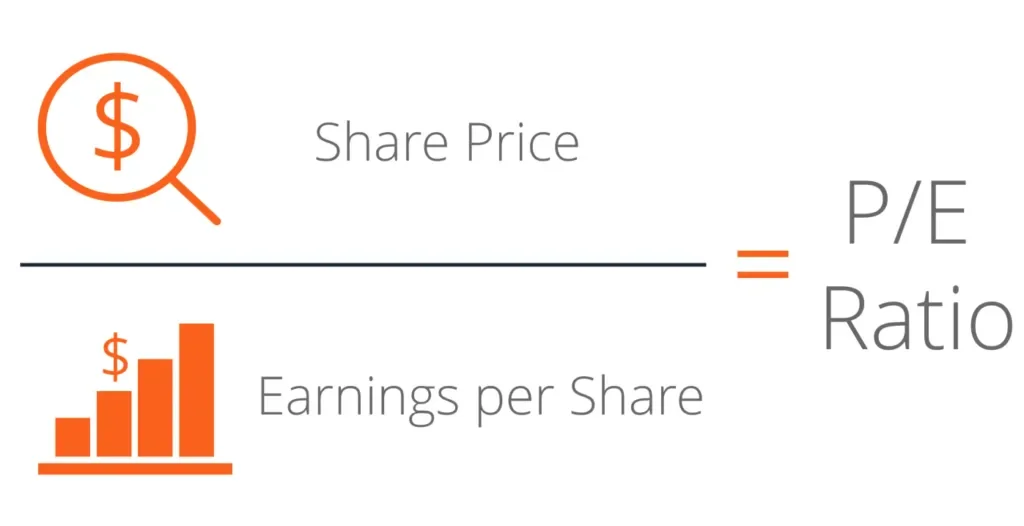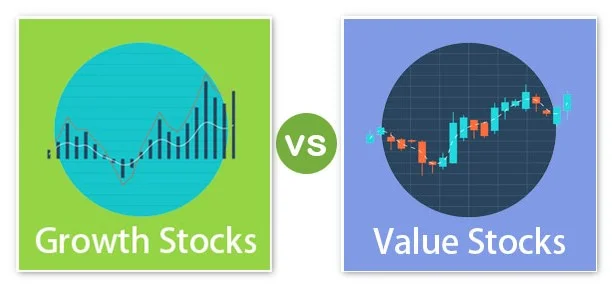
Introduction
Knowledge and understanding of market trends and patterns are critical in the world of financial trading. Traders and investors are constantly looking for tools and techniques to help them understand the behavior of financial instruments. Volume analysis is one such powerful tool that allows traders to gain a deep understanding of market dynamics by analyzing the volume of trades executed over a given period. This article will delve into the concept of volume analysis and emphasize its importance in making informed trading decisions.
KEY TAKEAWAYS
- Volume analysis is the process of examining relative or absolute changes in an asset’s trading volume in order to predict future price movements.
- Volume can be used to gauge market strength, as rising markets with increasing volume are typically regarded as strong and healthy. When prices fall on increasing volume, the downward trend is gaining strength.
- Volume is used in technical analysis by a variety of tools, including the positive volume index (PVI).
Understanding Volume Analysis
The study of trading activity, specifically the number of shares or contracts traded in a specific security or market, is referred to as volume analysis. It examines the volume of transactions rather than just price movements. Traders can gauge the strength and conviction behind market movements by examining trade volume, which can help them identify potential buying or selling opportunities.
The Role of Volume in Market Interpretation
1. Confirming Trends
Volume analysis can be used to confirm existing market trends. When a security’s price is rising or falling, it is critical to determine whether the trend is being supported by high or low trading volume. A significant increase in volume during an upward trend validates the trend’s strength, indicating a higher likelihood of continued price appreciation. A decrease in volume during an upward trend, on the other hand, may indicate a lack of conviction among market participants, potentially signaling a trend reversal.
2. Identifying Reversals
Volume analysis also aids traders in identifying potential trend reversals. Sudden increases in volume followed by a price reversal can indicate a shift in market sentiment. For example, if a stock has been in a downtrend and then experiences a significant increase in volume while the price begins to rise, this could be a sign of a trend reversal. Traders can spot such reversals and profit from them by closely monitoring volume patterns.
3. Assessing Market Strength
Volume analysis can provide insight into market strength and weakness. In an uptrend, rising prices and rising volume indicate a healthy market with strong demand. If, on the other hand, prices rise on low volume, it may indicate a lack of widespread interest and, as a result, a potentially fragile market condition. Traders can evaluate overall market sentiment and make informed decisions based on the perceived strength or weakness of the market by examining volume patterns.
Techniques for Volume Analysis
Traders use a variety of techniques and indicators to effectively use volume analysis in trading. Here are a few examples of commonly used methods:
- Bars of Volume
On a price chart, volume bars are graphical representations of trading volume. They depict the volume traded during each time interval visually. Traders can quickly identify significant volume spikes or periods of low activity by observing the height and width of volume bars. - OBV (On-Balance Volume)
On-Balance Volume (OBV) is a market pressure indicator that combines price and volume to measure buying and selling pressure. It gives the volume a positive or negative value based on whether the price closes higher or lower than the previous period. The OBV line is used by traders to identify divergences and confirm trends. - Volume Moving Averages
Volume moving averages (VMAs) smooth out volume data by computing the average volume over a given time period. Traders frequently use VMAs to identify volume trends and determine whether current volume levels deviate from the average. This method aids in the detection of unusual volume patterns that may indicate significant market events.
Conclusion
Volume analysis is an essential tool in the arsenal of any successful trader. Traders can gain a better understanding of market dynamics, validate trends, identify reversals, and assess market strength by incorporating volume analysis techniques into their trading strategies. Volume analysis should not be used in isolation, but rather in conjunction with other technical analysis tools. Traders can improve their decision-making capabilities and potentially their trading performance by diligently applying and continuously refining volume analysis techniques.
FOR MORE INFO CLICK THIS SITE:https://learningsharks.in/
FOLLOW OUR PAGE:https://www.instagram.com/learningsharks/?hl=en













